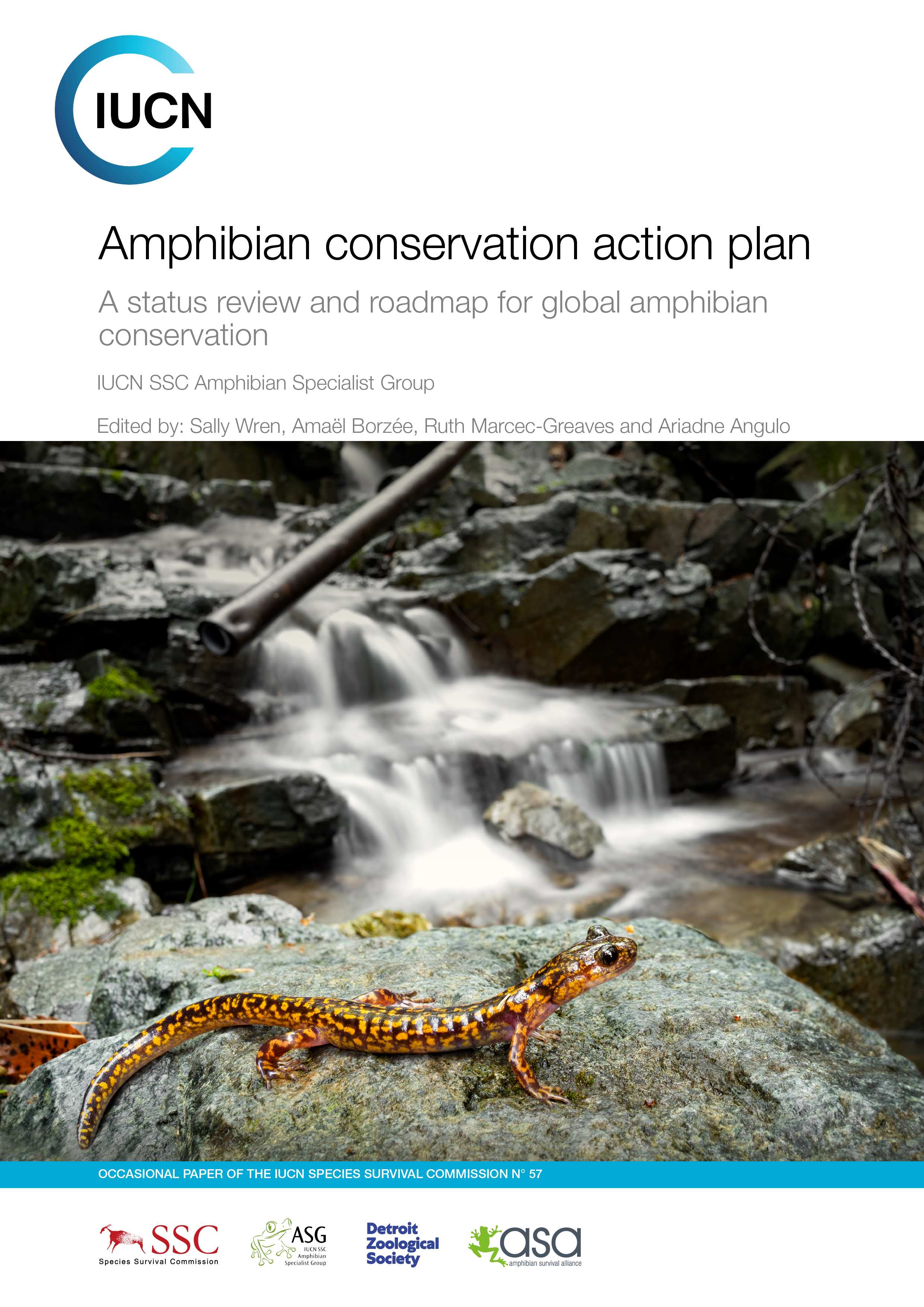Project Tiger is 50. For half a century now, India’s iconic big cats have been protected within dedicated tiger reserves, and their numbers have grown. This is one of the most high-profile conservation success stories of recent times, and a good example of how an IUCN Resolution has had lasting real-world impact.
During the period of British rule in India, the image of the pith-helmeted gentleman hunter, rifle in hand and standing over a recently shot tiger, was an all-too-common one. Yet even after Independence, tiger hunting continued in India. Nobody knew with any accuracy how many tigers there were in India’s jungles, and they were being killed indiscriminately.
But towards the end of the 1960s, that came to an end. The 1969 IUCN General Assembly (General Assemblies were the forerunners of today’s Congresses), held in New Delhi, led to the passing of Resolution GA 1969 RES 015, calling for a moratorium on the hunting of tigers.
The Resolution led to what the celebrated Indian conservationist HS Panwar (the first director of the Wildlife Institute of India, founder/director of the Kanha Tiger Reserve and former director of Project Tiger) has called a “sea change” in attitudes to conservation in the country.





